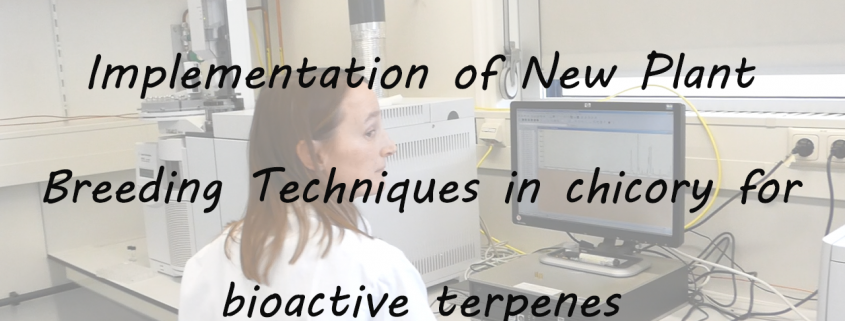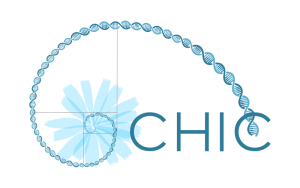Implementation of NPBT in Chicory for Bioactive Terpenes Update
CHIC is the Chicory Innovation Consortium. The project’s main objectives are 1) to implement New Plant Breeding Techniques (NPBTs) in chicory in order to establish it as a multipurpose crop for the production of health-related products with clear benefits for consumers, and 2) to develop co-innovation pathways with stakeholders for game-changing technologies, such as NPBTs.
The overall objective of Work Package 3 (WP3) is to explore the potential of laticifers and sesquiterpene lactone biosynthesis for improved or new chicory products. Specific objectives are:
- • To produce costunolide in chicory root by inactivation of late steps of the terpene biosynthesis pathway
- • To produce parthenolide in chicory root by cytochrome P450 engineering
- • To study and modulate the laticifer network of chicory root for optimised terpene storage
- • To assay the bioactivity of chicory terpenes
Updates
The latex of chicory contains large amounts of sesquiterpene lactones, which interfere with the extraction of inulin. In this work package, one of the objectives is to identify biological activities of interest for these sesquiterpene lactones and to increase their production by using new plant breeding technologies. Bioactivity assays identified one promising sesquiterpene lactone with anti-inflammatory activity and extracts containing antimicrobial activity, for which the responsible substances are being identified. Using transcriptome data and the newly sequenced genome, candidate genes for the biosynthesis of the sesquiterpene lactones and the formation of the laticifers have been identified and are being functionally characterized.


 This project has received funding from the EU Horizon 2020 research & innovation programme under grant agreement N. 760891.
This project has received funding from the EU Horizon 2020 research & innovation programme under grant agreement N. 760891.

